Resolution Strucuture
Resolution StructureBefore we jump into examining a resolution’s structure, let’s first understand: What is a resolution?Resolutions are the final product you and your fellow delegates will be writing, editing, and voting on during MUNUC. A resolution will lay out a detailed, step-by-step plan for addressing the issue at hand – the issue that you are debating in committee. You can think of the resolution as the sum product of all the discussions and negotiations you’ll be engaging in during conference. Apart from pedagogy, one of the main goals of a committee is to vote on and pass a proposed resolution. What does a resolution look like?Here’s a condensed version of a resolution to give you a general idea of what a resolution looks like. The resolutions you’ll be writing in committee will follow the exact structure and format as displayed below, although yours will likely be significantly longer. |
Example Resolution
United Nations World Tourism Organization
Draft Resolution 1.1
Signatories: Denmark, Portugal, Iraq, Kazakhstan, Bahrain, Armenia, Italy, Liberia, Norway, France, Colombia, Canada, Libya
Topic: Climate Change
The United Nations World Tourism Organization,
Alarmed by the ways in which climate change has already impacted nations, including flooding, hurricanes, and wildfires,
Acknowledging tourism’s large carbon footprint and vast detrimental effects climate change,
Bearing in mind the importance of tourism-related climate change solutions and documents such as the Paris Climate Accords,
Recognizing the critical role tourism plays in numerous economies and the importance of maintaining tourism revenue,
1. Trusts provinces/regions to be better capable of managing available resources in their jurisdiction than national
governments
a) Noting with satisfaction that this method has already been implemented in nations such as Canada with great
success,
b) Stressing that each region is more aware of its own resources and should have agency regarding tourism;
2. Further recommends education on climate issues through environmental awareness programs;
a) Emphasizing changes in early schooling, including:
i) An implementation of a comprehensive climate issues curriculum,
ii) Teacher training on encouraging climate discussions in various spheres of the classroom,
b) Promoting environmentally friendly tourism practices among tourism stakeholders, through:
i) Creation and distribution of pamphlets to key tourism stakeholders, including hotels, resorts, and travel
agencies,
ii) Virtual training programs for tourism stakeholders on energy-efficient practices;
iii) Awards and benefits offered to stakeholders exemplifying green practices.
Parts of Resolution
Now that we understand what a resolution is and what it looks like, let’s dive into the structure.
What are the parts of a resolution?
Resolutions have 3 parts: the heading, preambulatory clauses, and operative clauses. Let’s identify these parts on our sample resolution and understand each part’s purpose.
Heading
United Nations World Tourism Organization
Draft Resolution 1.1
Signatories: Denmark, Portugal, Iraq, Kazakhstan, Bahrain, Armenia, Italy, Liberia, Norway, France, Colombia, Canada, Libya
Topic: Climate Change
Preambulatory Clauses
The United Nations World Tourism Organization,
Alarmed by the ways in which climate change has already impacted nations, including flooding, hurricanes, and wildfires,
Acknowledging tourism’s large carbon footprint and vast detrimental effects climate change,
Bearing in mind the importance of tourism-related climate change solutions and documents such as the Paris Climate Accords,
Recognizing the critical role tourism plays in numerous economies and the importance of maintaining tourism revenue,
Operative Clauses
1. Trusts provinces/regions to be better capable of managing available resources in their jurisdiction than national
governments
a) Noting with satisfaction that this method has already been implemented in nations such as Canada with great
success,
b) Stressing that each region is more aware of its own resources and should have agency regarding tourism;
2. Further recommends education on climate issues through environmental awareness programs;
a) Emphasizing changes in early schooling, including:
i) An implementation of a comprehensive climate issues curriculum,
ii) Teacher training on encouraging climate discussions in various spheres of the classroom,
b) Promoting environmentally friendly tourism practices among tourism stakeholders, through:
i) Creation and distribution of pamphlets to key tourism stakeholders, including hotels, resorts, and travel
agencies,
ii) Virtual training programs for tourism stakeholders on energy-efficient practices;
iii) Awards and benefits offered to stakeholders exemplifying green practices.
Sections of a Resolution
Heading

– Committee Name (UNWTO)
– Resolution Number (1.1) Resolutions are numbered based on the order they are submitted to the dais. The first will be 1.1, second will be 1.2, and so on.
– Signatories These are the nations who sign onto the resolution. You can choose to become a signatory if you would like to see the resolution debated, even if you are not sure you fully agree with the content. MUNUC does NOT have sponsors.
– Topic (Climate Change) This is the main subject which you discuss in your committee.
Preambulatory Clauses

– Committee Name followed by comma
– Preambulatory Clauses
These help to establish the purpose and historical background of the resolution. They begin with emphasized preambulatory phrases such as “acknowledging,” “recalling,” or “noting with concern.” These phrases typically end in “ing.”
While the sample resolution above includes 4 preambulatory clauses, your MUNUC resolution may end up having around 10 clauses.
Operative Clauses

– Main Operative Clauses
Operative Clauses make up the “meat” of the resolution, detailing the actions that delegates seek to implement.
The main clauses begin with underlined operative phrases such as “strongly encourages,” “calls upon,” and “recommends.” These phrases are in present tense.
–Subclauses
The bullet points under the main operative clauses are subclauses, which expand in great detail on each main clause. Imagine the subclauses as adding parts onto a sentence. The very last subclause of the resolution should end this “sentence” with a period.
Operative clauses make up the bulk of a resolution and will likely fill a few pages.
Process of Writing Resolutions
During MUNUC, your committee will go through a series of steps to transform your ideas into the final resolution. This process is visualized below:
Stage 1: Gathering Ideas
In moderated and unmoderated caucuses, understand the positions of other countries and put forward your own. Begin forming blocs with countries who have similar goals.
Stage 2: Working Papers
Work with your bloc and others to write a working paper, the first document in which you’ll write your proposed solution. The format typically uses clauses.
Stage 3: Present Working Papers
Papers are printed and distributed to delegates. Then, you have ~5 minutes to present working papers and for Q&A.
Stage 4: Write and Present Draft Resolutions
The same process followed for working papers is repeated for draft resolutions. Merge together working papers and blocs when appropriate to form draft resolutions.
Stage 5: Amendments and Voting
At this final stage, make amendments (changes) to the resolution to include input from different blocs. Your committee will vote on, and hopefully, pass your resolution!
